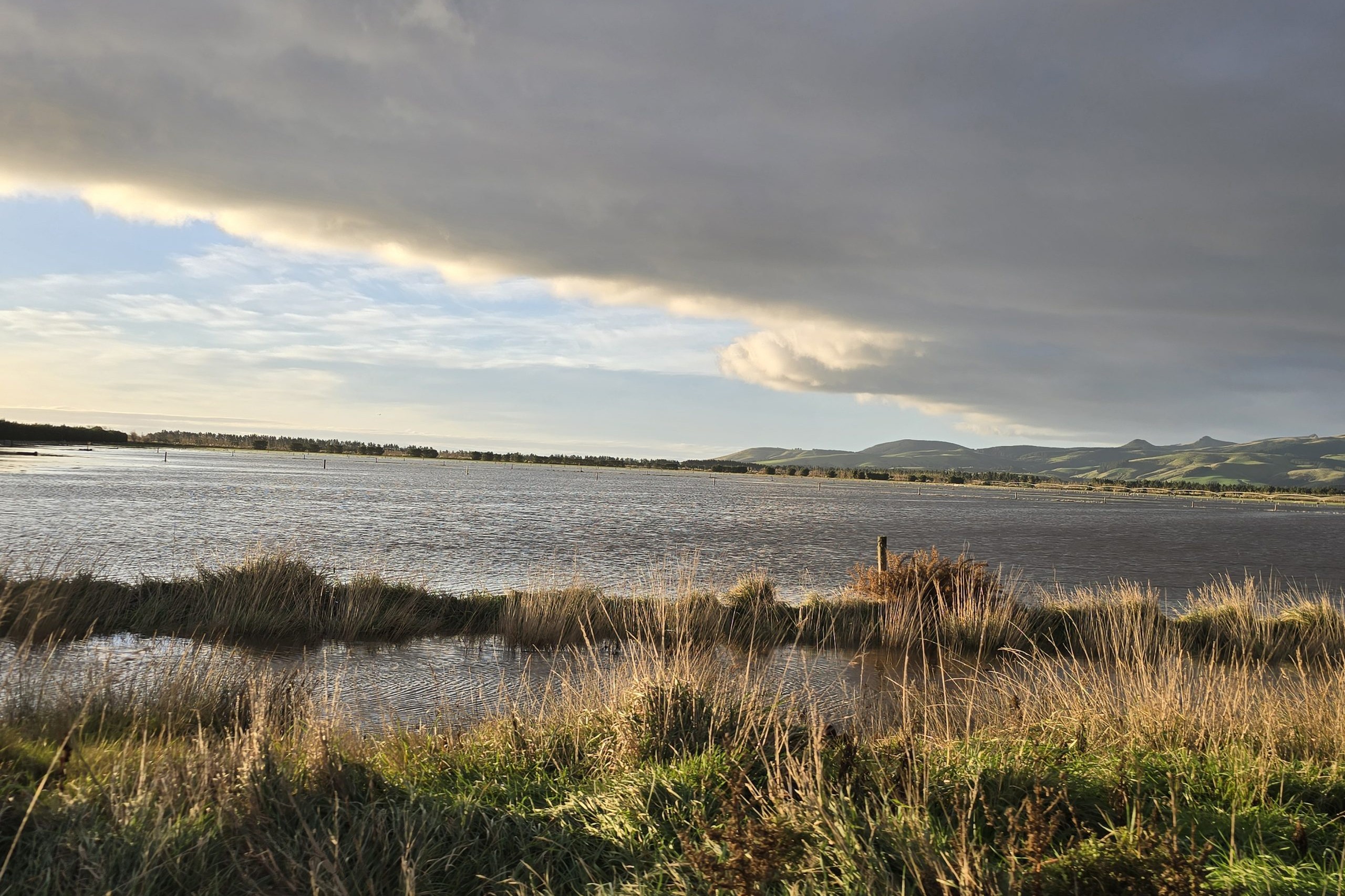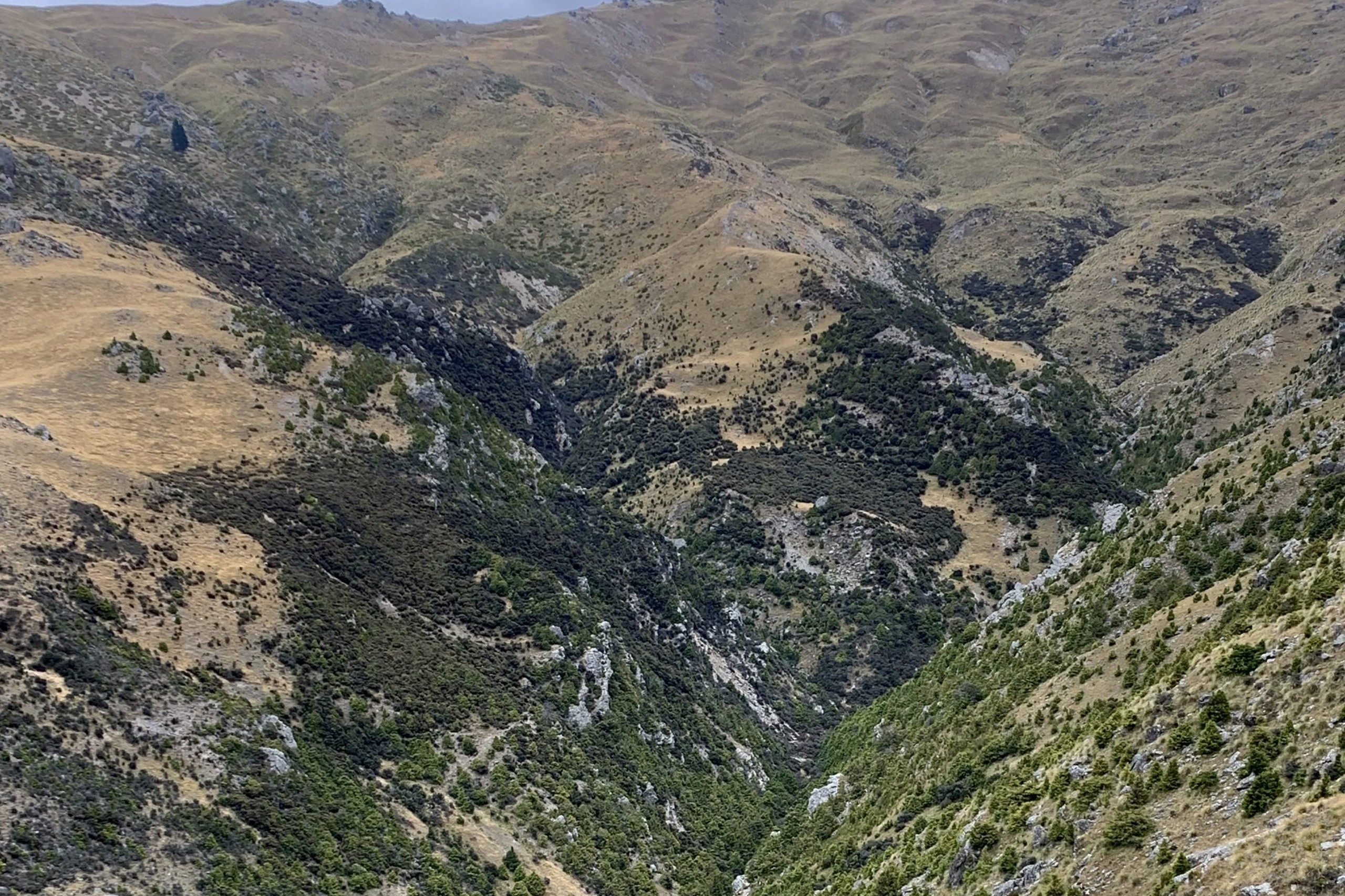Matata farmer Paul Burt considers the future of sheep farming, and comes up with an inspired option for diversifying.
The debacle that is Fonterra has caused a conundrum for us (or is it “we” and does anybody care anymore?) sheep farmers. Granted, most of us are only observers so we haven’t suffered the financial pain of our gumbooted cousins, but all the same there is a sense of loss.
For years, (mostly because of the lack of another relevant working model) we have looked to the giant co-operative as an example of what might be achieved given scale and co-ordinated supply. We naively thought these were the only components of a world-ranked organisation processing and marketing primary products. Those who put up their hands and quietly spoke of a need for innovation, broader skills and outside investment were swept aside. It is a fair bet that had the sheep industry managed to build a similar business model the same problems would have befallen us.
Hindsight is a wonderful thing. But the lessons learned about what not to do are slippery and don’t stay in the memory very long. Odd that, because any farmer who successfully manages his business through to retirement knows a lot about expansion risk, debt equity ratios, the importance of cashflow and the limits of his own ability. Ironic given there is a high proportion of farmer directors on our co-op boards.
‘The dairy boys are in a deeper pile of doo doo but they have longer boots.’
Perhaps smaller is better. In the agri sector the only success stories I can think of where both the producer and the consumer are happy with their connection are small, integrated businesses.
As I went around the ewes this morning looking for trouble, it occurred to me I have been doing the same thing for 30 years.
Fortunately, I am getting a much better result now than when I started, so hopefully I’ve dodged the idiot label.
The focus for those 30 years has been increasing production from an original 25kg liveweight weaned per ewe wintered to an average 48kg over the few seasons.
Production gains have kept sheep farming afloat but beyond the farm gate the industry is behaving in much the same way as it always has, and you know who expects a better result from repeating the same behaviour.
So what of the future of sheep farming? The dairy boys are in a deeper pile of doo doo but they have longer boots.
When the sheep meat market next suffers a correction, our own pile of doo doo will rise and start messing our socks and collectively we don’t have the capital or energy to stop it. Poor profitability will squeeze indebted farmers out and the growing list of external pressures will cause the rest to question their existence.
Thankfully there is a better remedy than purchasing taller boots. Tune in to Country Calendar and learn from producers who are reaping the rewards of being more closely connected to their customers.
And it is not just product that they are selling. They are generating cash from packaging atmosphere and emotion, the raw ingredients of which have little cost. Along these lines, I’ve been wracking my brains to come up with sexy side-lines to expand the earning power of this farm.
Granted, following me around at this time of year pushing inverted vaginas back into over-fat pregnant ewes would not have universal appeal but a chance discovery on the inter web has turned up a pearler. Hoardes of wealthy people are falling over themselves and their wallets in the rush to indulge in a craze that is said to be more emotionally satisfying than buying carbon credits to off-set their air miles. Forest Bathing. Immersing themselves in a green-scape for transcendental stimulation. I’ve started spreading the word, Forest Bathing at Mimiha Road, clothed or nude, whatever your preference, our gates are open.




